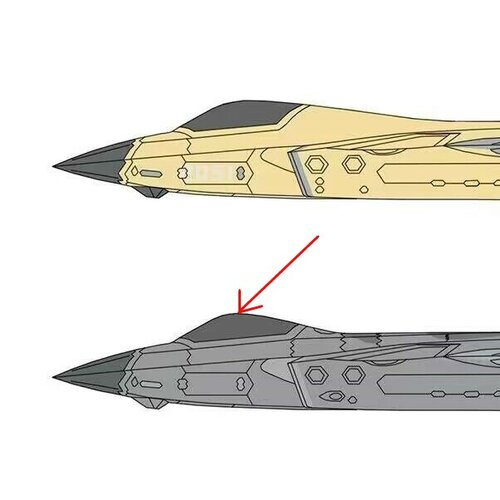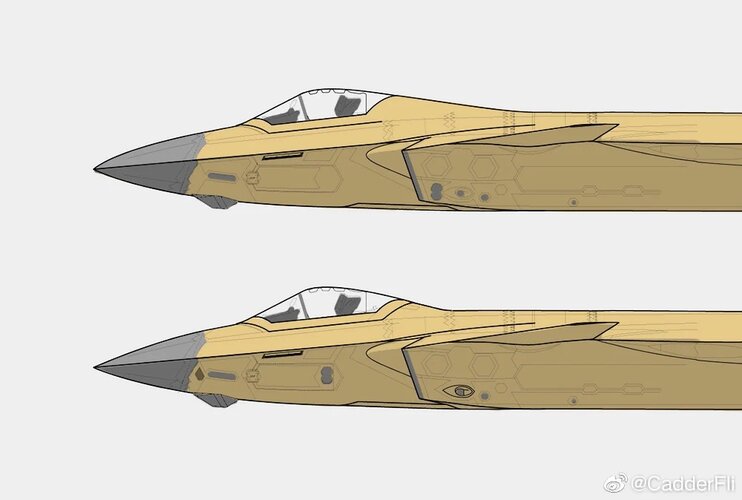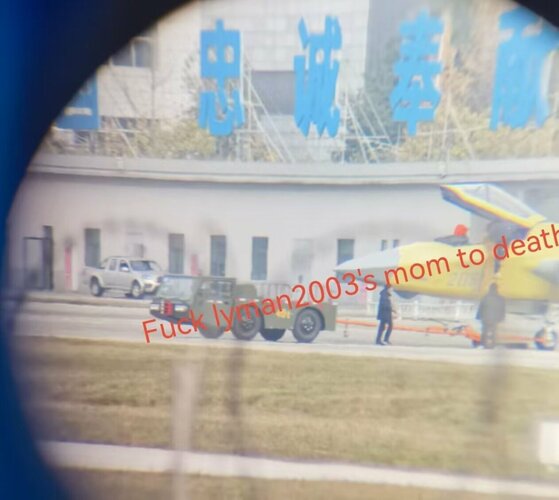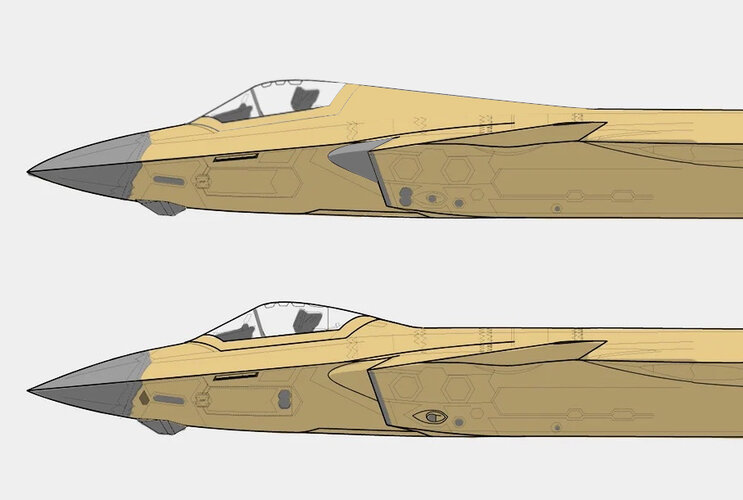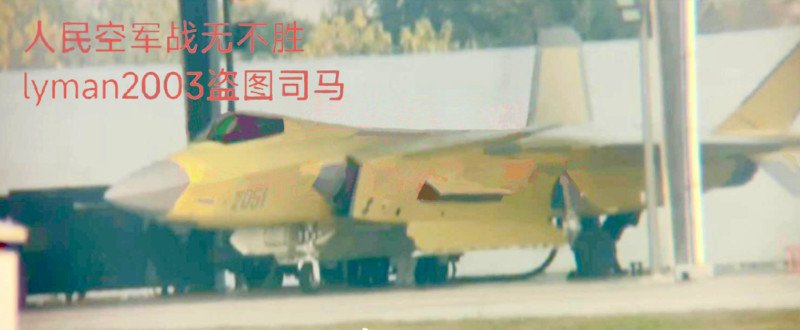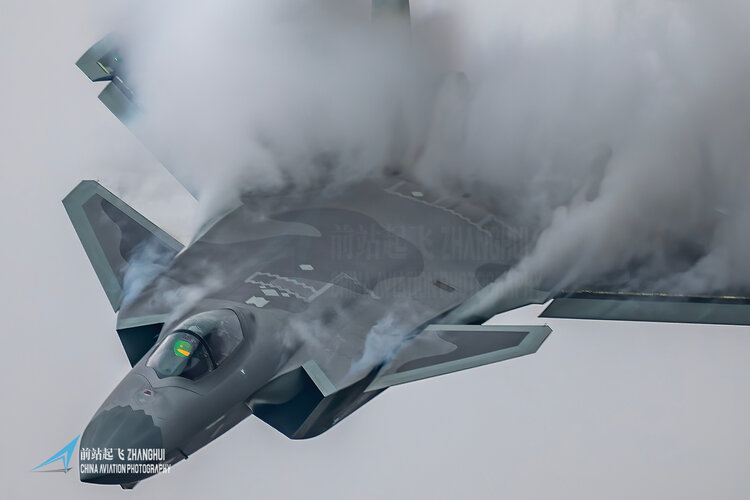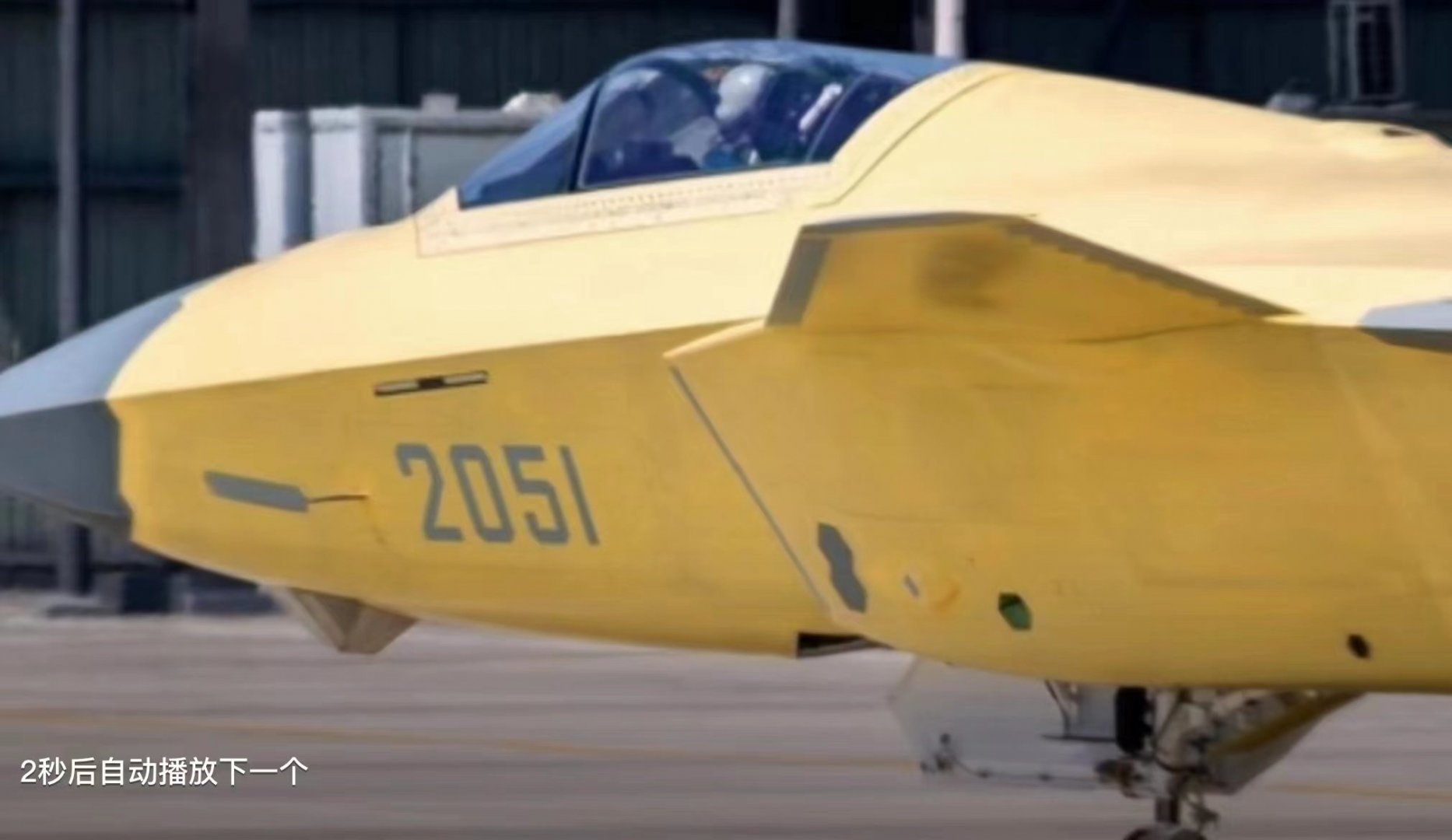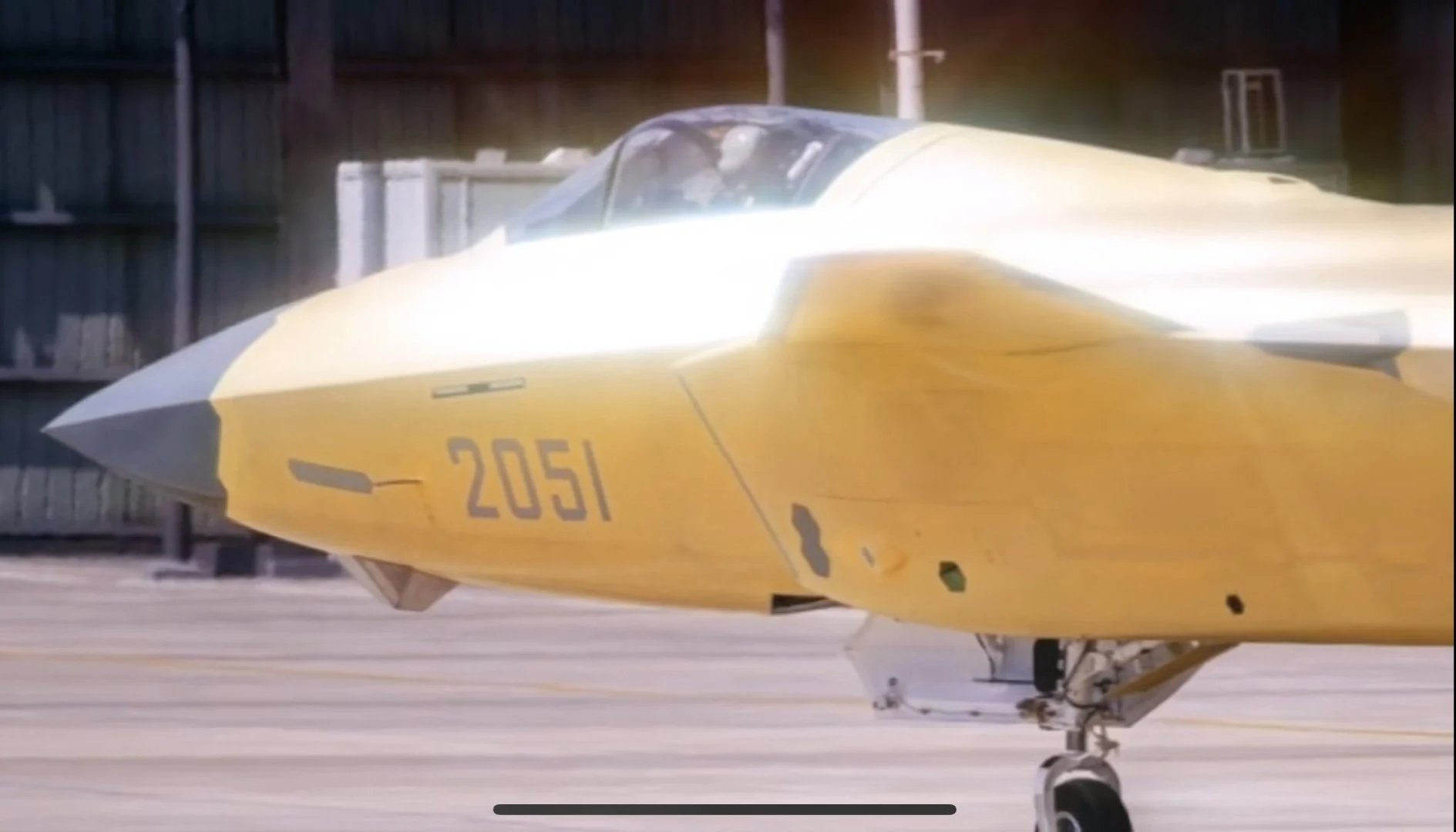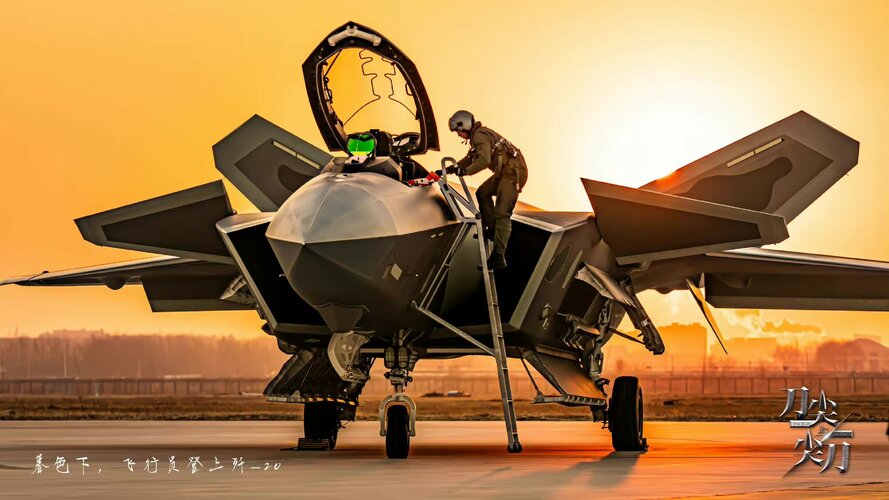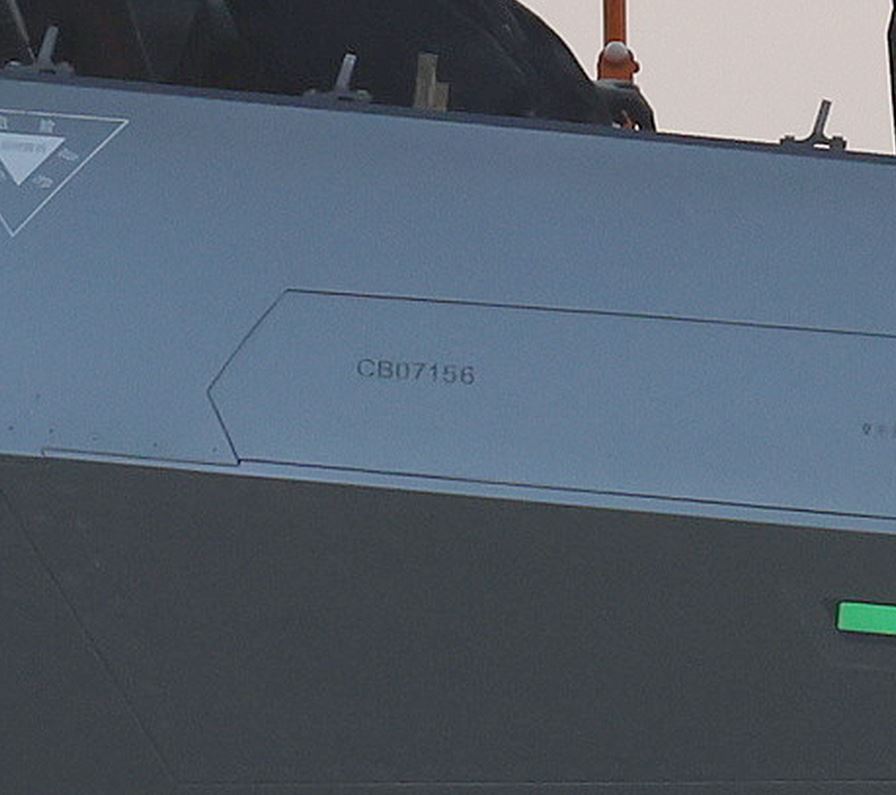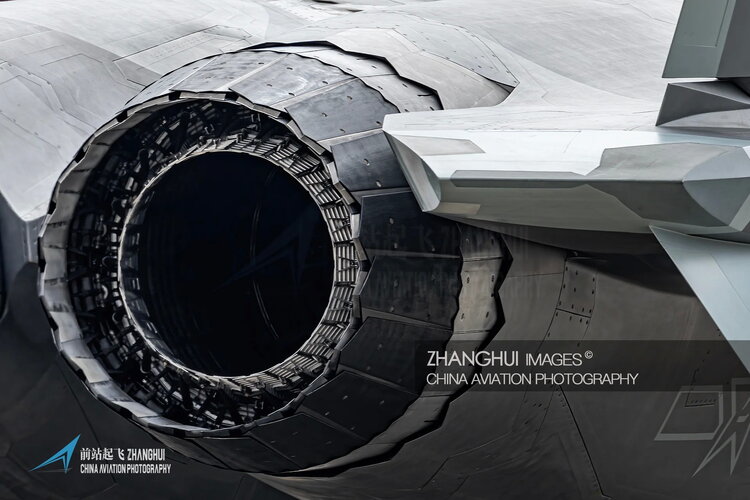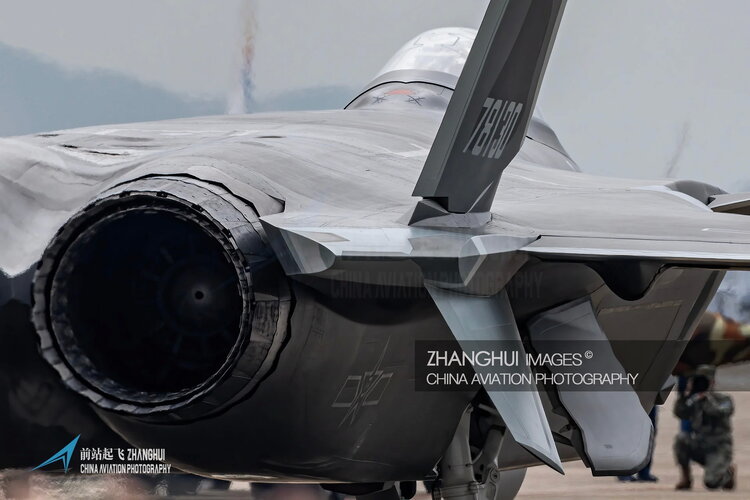I saw this reply to @RupprechtDeino on Twitter
View: https://twitter.com/palpatine233/status/1606507887664459776
When translated, it means
"Although the frictional resistance is increased, the shock wave resistance is reduced and the space inside the machine is increased"
View: https://twitter.com/palpatine233/status/1606507887664459776
When translated, it means
"Although the frictional resistance is increased, the shock wave resistance is reduced and the space inside the machine is increased"

